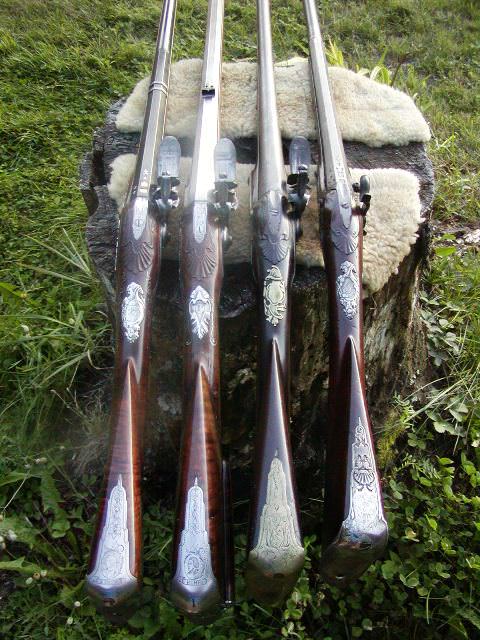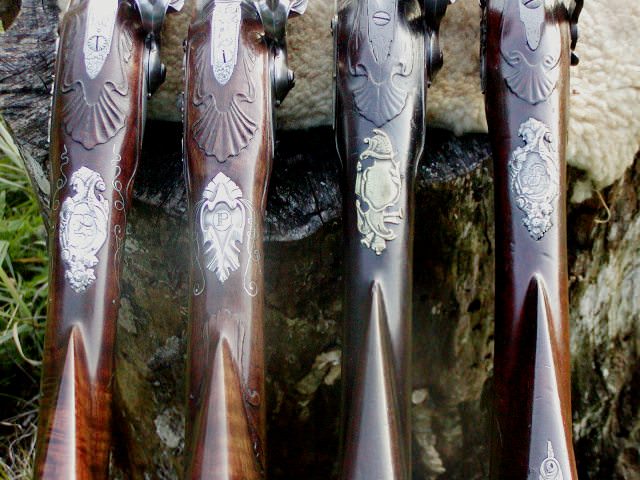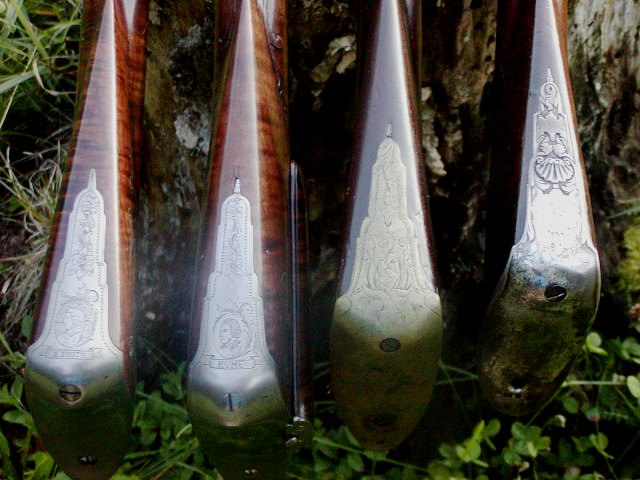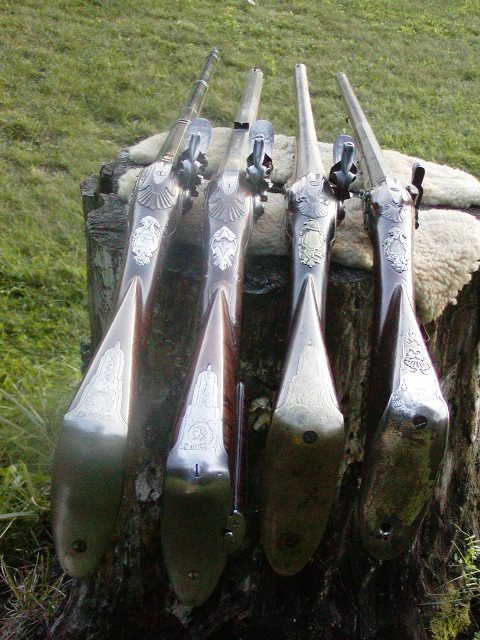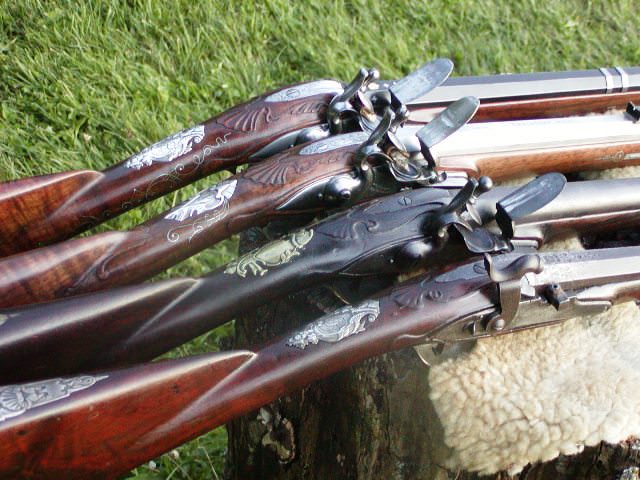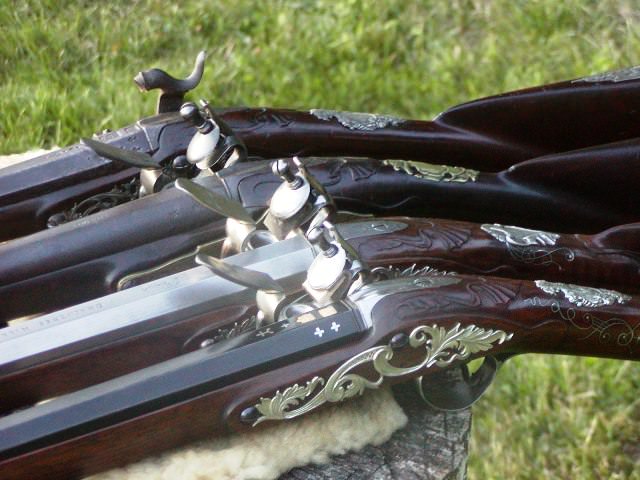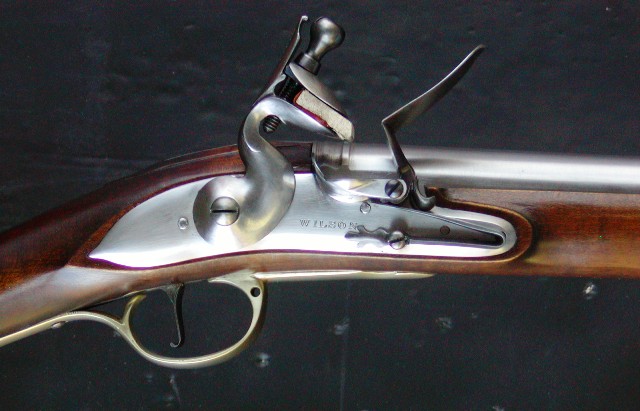Has anyone built one? I have one that has been sitting in pieces because of a move. Want to get it going. Would like to pick brains as I start my first kit.
I opted for Eurpean Walnut stock. Need advice on staining. Have done research, but most people are not using the european walnut.
I got an assembled lock but it needs polishing. So disassemble and polish. What is the best way to do this?
I opted for Eurpean Walnut stock. Need advice on staining. Have done research, but most people are not using the european walnut.
I got an assembled lock but it needs polishing. So disassemble and polish. What is the best way to do this?




